Bassarova, M.; Archer, M.; and Hand, S.J. December 20, 2001. “New Oligo-Miocene Pseudocheirids (Marsupialia) of the Genus Paljara from Riversleigh, Northwestern Queensland.”Memoirs of the Association of Australasian Palaeontologists 25:61-75.
Bisby F.A.; Roskov Y.R.; Orrell T.M.; Nicolson D.; Paglinawan L.E.; Bailly N.; Kirk P.M.; Bourgoin T.; Baillargeon G.; Ouvrard D. (red.) 2011. Species 2000 & ITIS Catalogue of Life: 2011 Annual Checklist. Species 2000: Reading, UK. Retrieved on April 8, 2014.
- Available at: http://www.catalogueoflife.org/annual-checklist/2011/search/all/key/pseudochirulus+caroli/match/1
Boelens, Bo; Watkins, Michael; and Grayson, Michael. 2009. The Eponym Dictionary of Mammals. JHU Press.
Conn, Barry J.; and Damas, Kipiro Q. 2005. Guide to Trees of Papua New Guinea: Tree Descriptions. National Herbarium of New South Wales and Papua New Guinea National Herbarium. Retrieved on April 8, 2014.
- Available at: http://www.pngplants.org/PNGtrees/
Duff, Andrew; and Lawson, Ann. 2004. Mammals of the World: A Checklist. Yale University Press.
Earle, Christopher J. (Editor). The Gymnosperm Database. Retrieved on April 8, 2014.
- Available at: http://www.conifers.org/index.php
Flannery, Timothy F. 1994. Possums of the World: A Monograph of the Phalangeroidea. Chastwood, Australia: GEO Productions in association with the Australian Museum.
The Food and Agriculture Organization of the United Nations and the United Nations Environment Programme. 1984. “Part II Country Briefs: Papua New Guinea.” Tropical Forest Resources Assessment Project (in the framework of the Global Environment Monitoring System – GEMS) – Forest Resources of Tropical Asia. UN 32/6.1301-78-04 Technical Report 3. Rome, Italy: Publications Division, Food and Agriculture Organization of the United Nations, first printing 1981, second printing 1984. Retrieved on April 8, 2014.
- Available at: http://www.fao.org/docrep/007/ad908e/ad908e00.htm
- Available at: http://www.fao.org/docrep/007/ad908e/AD908E22.htm
Food and Agriculture Organization Forest Harvesting, Trade and Marketing Branch. 1998. “Appendix 1. List of Tree Species.” Forest Harvesting Case-Study 15: Forest Harvesting Operations in Papua New Guinea, The PNG Logging Code of Practice. Rome, Italy: Publishing and Multimedia Service, Information Division, Food and Agriculture Organization of the United Nations. Retrieved on April 8, 2014.
- Available at: http://www.fao.org/docrep/004/Y2711E/y2711e00.htm#TopOfPage
- Available at: http://www.fao.org/docrep/004/Y2711E/y2711e12.htm
Gansloßer, Udo. 2004. "Weyland Ringtail: Pseudocheirus caroli." P. 122 in Grzimek's Animal Life Encyclopedia, Second Edition. Volume 13: Mammals II, edited by Michael Hutchins, Devra G. Kleiman, Valerius Geist, and Melissa C. McDade. Farmington Hills, MI: Gale Group, Inc., division of Thomson Learning Inc.
Gibbs, L.S. July 1917. Dutch N.W. New Guinea: A Contribution to the Phytogeography and Flora of the Arfak Mountains (Read before the Newcastle Meeting of the British Association for the Advancement of Science, September 1916). London: Taylor and Francis. Retrieved on April 8, 2014.
- Available via Internet Archive at: https://archive.org/stream/mobot31753000302528#page/iv/mode/2up
- Available via Botanicus.org at: http://www.botanicus.org/title/b11815000
Gould, John. 1863. Mammals of Australia. Volume I. London: John Gould.
Helgen, K.; Leary, T.; Singadan, R.; Menzies, J.; and Wright, D. 2008. "Pseudochirulus caroli." In: IUCN 2013. International Union for Conservation of Nature and Natural Resources Red List of Threatened Species. Version 2013.2.Retrieved on April 8, 2014.
- Available at: http://www.iucnredlist.org/details/18507/0
Hoffman, Carl. 2014. Savage Harvest: A Tale of Cannibals, Colonialism, and Michael Rockefeller's Tragic Quest for Primitive Art. New York: HarperCollins Publishers.
Hume, Ian D. 1999. Marsupial Nutrition. Melbourne, Australia: Cambridge University Press.
Kennedy, Michael (Editor). 1992. Australasian Marsupials and Monotremes: An Action Plan for Their Conservation. International Union for Conservation of Nature and Natural Resources.
Kerle, Jean Anne. 2001. Possums: The Brushtails, Ringtails and Greater Glider. Sydney: University of New South Wales Australian Natural History Series. Retrieved on April 8, 2014.
- Available at: http://books.google.com/books?id=YDM0hjAwchUC&lpg=PT65&dq=Petropseudes%20dahli&pg=PT66#v=onepage&q=Petropseudes%20dahli&f=false
"Life up in a Korowai tree house." PACE (Papua Heritage Foundation) > Collection > Theme Pages. Papua Heritage Foundation. Web. www. papuaerfgoed.org. Retrieved on April 8, 2014.
- Available at: http://www.papuaerfgoed.org/en/Life_up_in_a_Korowai_tree_house
"May 14, 1850: William Yarrell, Esq., V.P., in the Chair." Proceedings of the Zoological Society of London, Part XVIII: 89 - 91. London: Longman, Brown, Green and Longmans.
- Available at: http://biodiversitylibrary.org/page/12858783
Menkhorst, Peter; and Knight, Frank. 2001. A Field Guide to the Mammals of Australia. South Melbourne: Oxford University Press.
Menzies, James. 5 June 2011. A Handbook of New Guinea’s Marsupials and Monotremes. University of Papua New Guinea Press.
Meredith, Robert W.; Mendoza, Miguel A.; Roberts, Karen K.; Westerman, Michael; and Springer, Mark S. March 2, 2010. “A Phylogeny and Timescale for the Evolution of Pseudocheiridae (Marsupialia: Diprotodontia) in Australia and New Guinea.” Journal of Mammalian Evolution17(2):75-99. Retrieved on April 8, 2014.
- Available at: http://www.ncbi.nlm.nih.gov/pmc/articles/PMC2987229/
Myers, P.; Espinosa, R.; Parr, C.S.; Jones, T.; Hammond, G.S.; and Dewey, T.A.. 2014. "Pseudochirulus caroli: Weyland Ringtail." The Animal Diversity Web. Retrieved on April 8, 2014.
- Available at: http://animaldiversity.ummz.umich.edu/accounts/Pseudochirulus_caroli/classification/
Nowak, Ronald M. 1999. Walker's Mammals of the World, Sixth Edition. Volume I. Baltimore: Johns Hopkins University Press.
Nowak, Ronald M. 2005. Walker's Marsupials of the World. Baltimore: Johns Hopkins University Press.
"Papuan Montane Forest." Biome Explorer: Azonal Biomes>Montane Forests. Retrieved on April 8, 2014.
- Available at: http://www.biome-explorer.net/Montane%20Forest/Papuan%20Montane%20Forest.html
Peters, Wilhelm, and Giacomo Doria. Enumerazione dei mammiferi raccolti da O. Beccari, L.M. d'Albertis ed A.A. Bruijn nella Nuova Guinea. (Estratto dagli Ann. del Mus. Civ. di St. Nat. di Gen., Vol. XVI [29-31 marzo 1881]: 665 - 707.) Genova: Tipografia del Regio Istituto dei Sordo-Muti, 1881. Retrieved on April 2, 2014.
- Available via Biodiversity Heritage Library at: http://biodiversitylibrary.org/page/14843569
Peters, Wilhelm, and Giacomo Doria. "Enumerazione dei mammiferi raccolti da O. Beccari, L.M. d'Albertis ed A.A. Bruijn nella Nuova Guinea." Annali dei Museo Civico di Storia Naturale di Genova, Vol. XVI [29 marzo 1881]: 665 - 707. Retrieved on April 2, 2014.
- Available via Biodiversity Heritage Library at: http://biodiversitylibrary.org/page/29845102
Petocz, Ronald G. 1 October 1989. Conservation and Development in Irian Jaya: A Strategy for Rational Resource Utilization. Brill Academic Publishers.
"Pseudochirulus caroli." Smithsonian National Museum of Natural History: Research & Collections>Vertebrate Zoology>Mammals>Databases>MSW>Taxonomic Browser. Retrieved on April 8, 2014.
- Available at: http://www.vertebrates.si.edu/msw/mswcfapp/msw/taxon_browser.cfm?msw_id=514
Ride, W.D.L. 1970. A Guide to the Native Mammals of Australia. Melbourne: Oxford University Press.
Rothschild, Walter. 1895. "A New Bird of Paradise: Astrapia splendidissima, sp. nov." Novitates Zoologicae, Vol. II, No. 2 (June): 59 - 60.
- Available at: http://archive.org/stream/novitateszoologi02lond#page/59/mode/1up
Schaefer, Albrecht G. “New Guinea Forests: Still the Tropical Paradise.” World Wildlife Global>What We Do>Priority Places>New Guinea>The Area>Ecosystems>Forests. Retrieved on April 9, 2014.
- Available at: http://wwf.panda.org/what_we_do/where_we_work/new_guinea_forests/area_forests_new_guinea/new_guinea_forests_ecosystems/forests_new_guinea/
Sillitoe, Paul. 2013. Managing Animals in New Guinea: Preying the Game in The Highlands. Routledge: Studies in Environmental Anthropology.
Sillitoe, Professor Paul; and Pointet, Dr. Abram. 2009. Was Valley Anthropological Archives. Retrieved on April 8, 2014.
- Available at: http://www.wolaland.org/page/
Strahan, Ronald; and Conder, Pamela. 2007. Dictionary of Australian and New Guinean Mammals. CSIRO Publishing.
Tate, G. H. H. 1945. "Results of the Archbold Expeditions, No. 52. The Marsupial Genus Phalanger." American Museum Novitates 1283:1-41.
Tate, G. H. H.; and Archbold, R. 1935. "Results of the Archbold Expeditions. No. 3. Twelve Apparently New Forms of Muridae Other Than Rattus from the Indo-Australian region." American Museum Novitates 803:1-9.
Thomas, Oldfield. 1921. The Annals and Magazine of Natural History: Zoology, Botany, and Geology Being a Continuation of the Annals Combined with Loudon and Charlesworth’s Magazine of Natural History 9(8):357. London: Francis and Taylor Ltd. Retrieved on April 8, 2014.
- Available via Biodiversity Heritage Library at: https://archive.org/details/cbarchive_55244_theannalsandmagazineofnaturalh1840
Tyndale-Biscoe, Hugh. 2005. Life of Marsupials. Collingwood, Victoria, Australia: CSIRO Publishing.
"Undescribed Species: Pseudochirulus sp nov." Papua Mammals: Mammals of Papua, Marsupialia. Retrieved on April 8, 2014.
- Available at: http://mammals-of-papua.webs.com/undescribedspecies.htm
Wilson, Don E.; and Reeder, DeeAnn M. (editors). 2005. Mammal Species
of the World: A Taxonomic and Geographic Reference (3rd ed), Johns Hopkins University Press.
Wrobel, Murray (Editor). 2007. Elsevier's Dictionary of Mammals: Latin English German French Italian. Oxford, U.K.: Elsevier B.V.


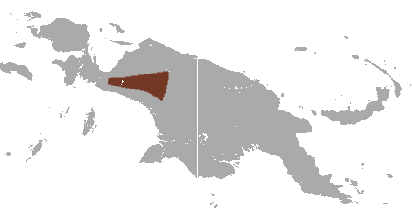
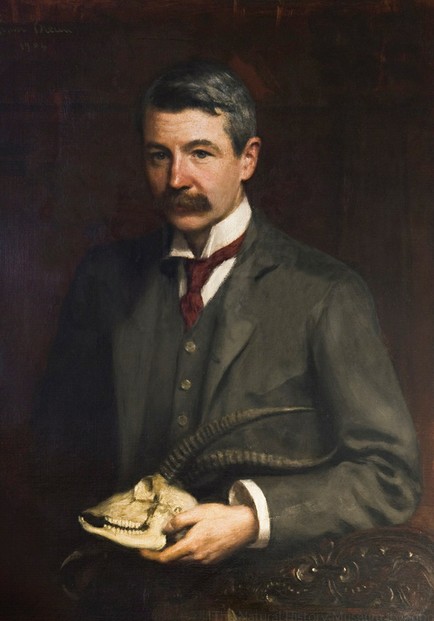
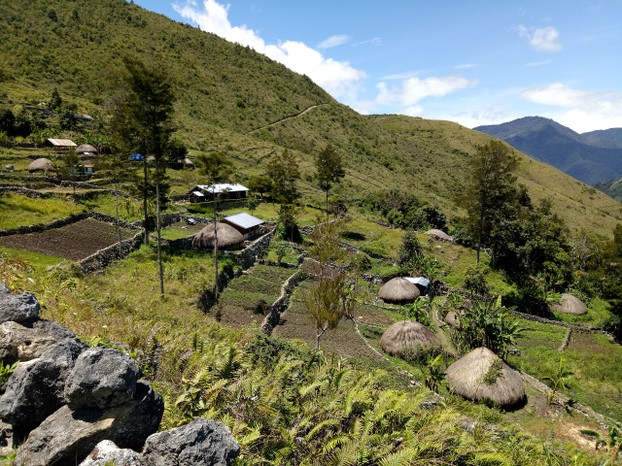
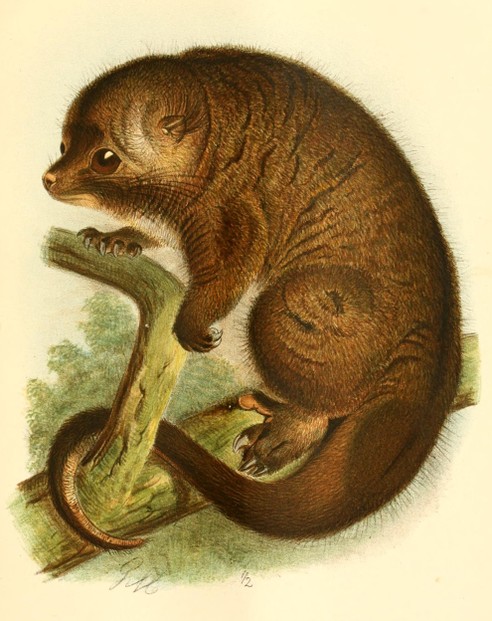
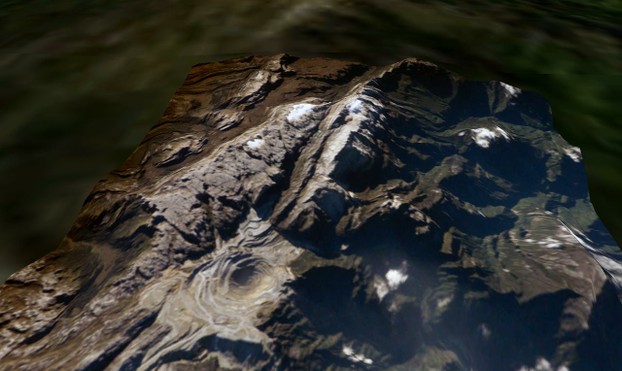
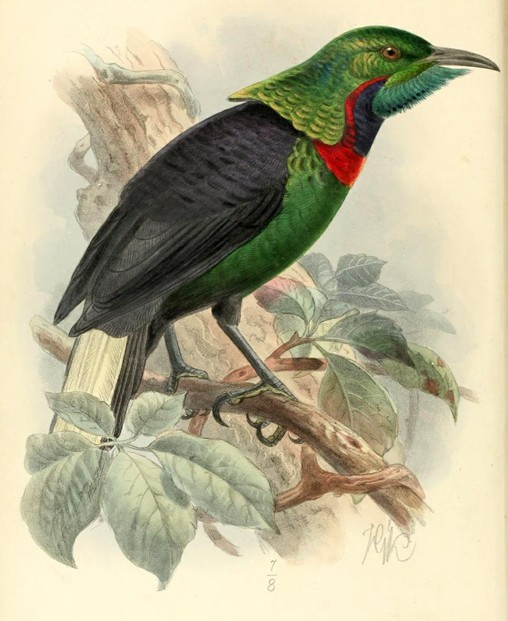
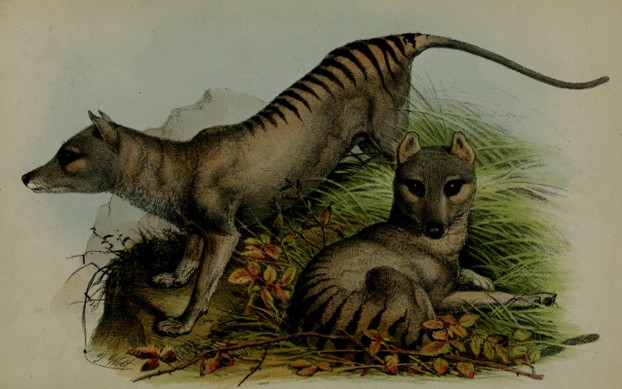
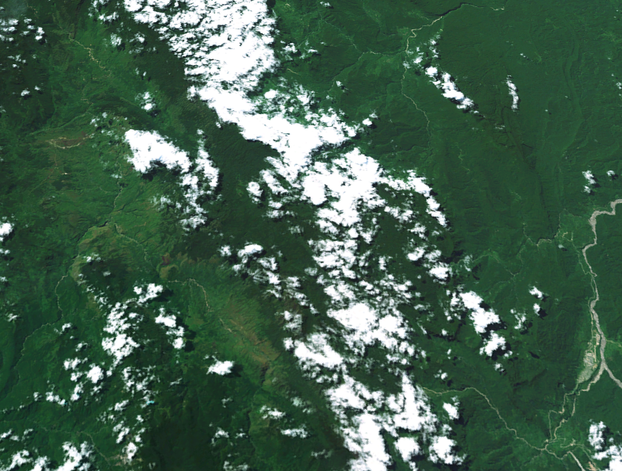
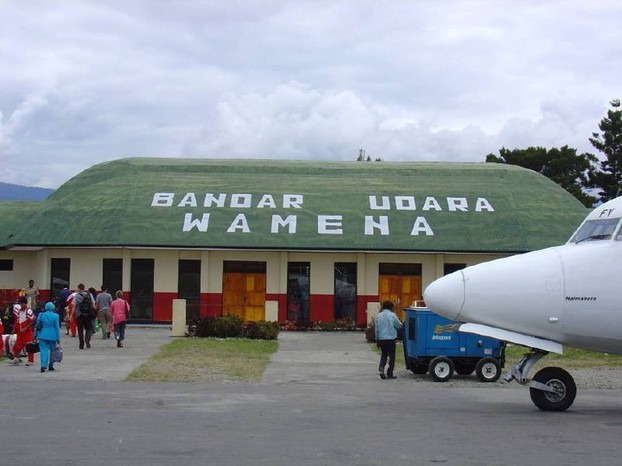






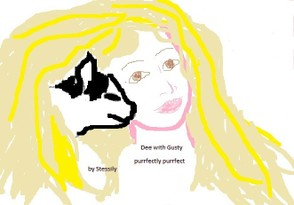
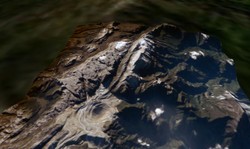

 Are Hawaiian Huakai Po Nightmarchers Avenging Halloween Thursday?on 10/02/2024
Are Hawaiian Huakai Po Nightmarchers Avenging Halloween Thursday?on 10/02/2024
 Mailing Addresses for 2023 Form 4868 Extending 1040 and 1040SR April 15, 2024, Due Dateon 04/15/2024
Mailing Addresses for 2023 Form 4868 Extending 1040 and 1040SR April 15, 2024, Due Dateon 04/15/2024
 Mailing Addresses for 2023 Forms 1040 and 1040SR Filed in 2024on 04/15/2024
Mailing Addresses for 2023 Forms 1040 and 1040SR Filed in 2024on 04/15/2024
 Mailing Addresses for 2022 Form 4868 Extending 1040 and 1040SR April 18, 2023, Due Dateon 04/13/2023
Mailing Addresses for 2022 Form 4868 Extending 1040 and 1040SR April 18, 2023, Due Dateon 04/13/2023

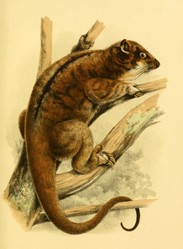
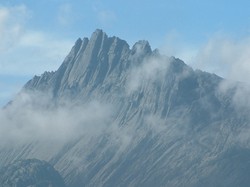
Comments
VioletteRose, Me, too, I am glad to hear about species, thought to be extinct, have been hiding in plain sight all along.
Great information about Weyland ringtail possums. Its also great to hear that the once thought extinct species, thylacines, are found again.